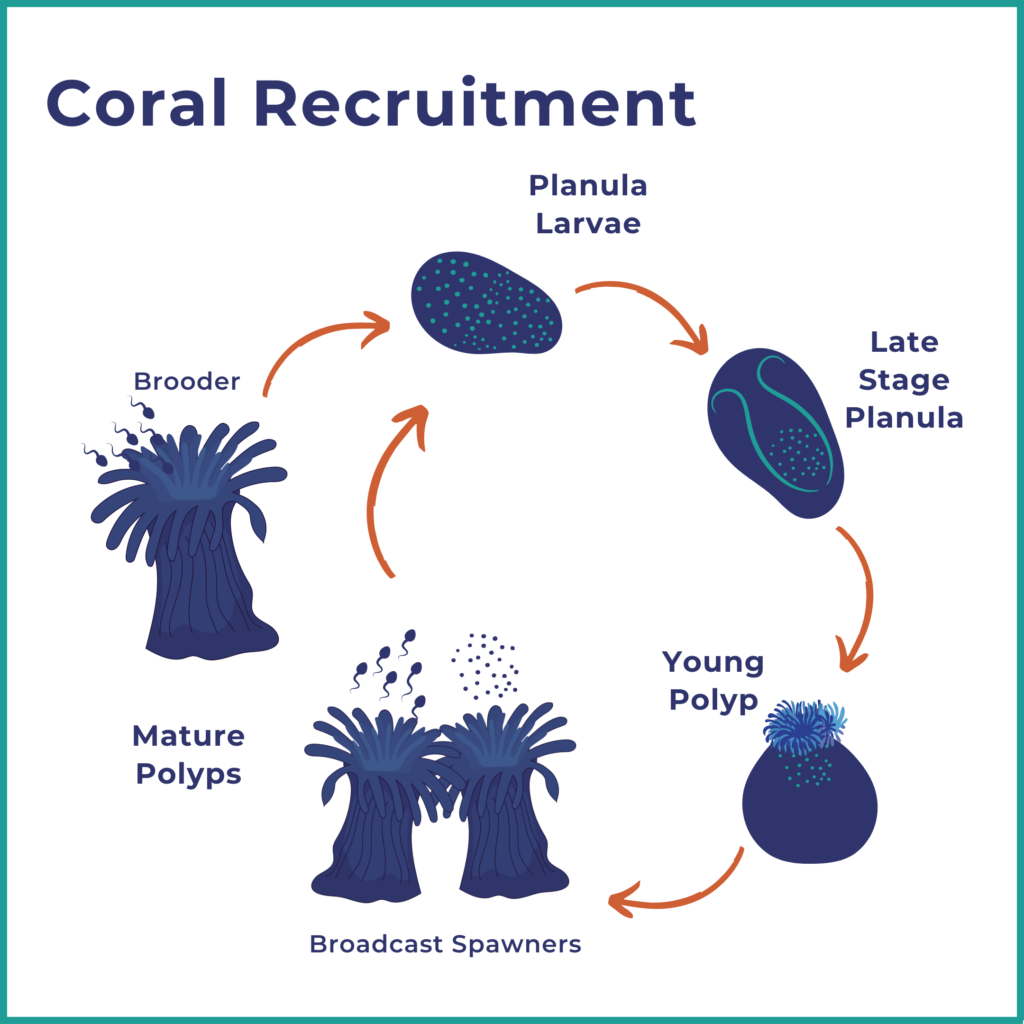Get involved
100% of your donation will go to support the work of the Turneffe Atoll Sustainability Association
Will coral grow on The Wit? Help us find out! Take part in a citizen science project at Turneffe Atoll and get involved in photo monitoring an artificial reef during your wreck dive.
Despite years of study, there’s still a lot we don’t know about the coral reefs of Belize – and the threats they face. That’s where you come in – when you visit the Turneffe Atoll Marine Reserve, you can become a citizen scientist and add to our knowledge.
The wreck of The Wit offers the perfect opportunity to study how fast corals colonise new environments and how fast they grow – but we need your help to gather the data.
Diving The Wit is an unforgettable experience – you’ll get to see at first-hand how its concrete construction provides a particularly suitable surface for coral colonisation. That’s why we’ve chosen The Wit as the site of our coral colonisation study.
Monitoring can be an expensive and time-consuming task for marine scientists. However, thanks to citizen scientists like you, we can carry out more frequent monitoring of the wreck and get the answers to important scientific questions that could help us save Turneffe Atoll, and other coral reefs in Belize and beyond.
With your help, we’re hoping to gain information on important aspects of coral colonisation, including biodiversity, coral abundance, and the order in which different corals and other species settle on the wreck.
This photo monitoring study uses pictures taken of specific locations along the wreck to measure coral colonisation of The Wit over time.
We’ve positioned monitoring stations on The Wit — These consist of simple platforms that let divers and citizen scientists position their cameras in the same way each time and capture consistent, reliable data.
Each of the stations is clearly marked and numbered – when you dive on the wreck, please take a picture at each of the monitoring stations with your camera within the square frame to ensure a set distance from the surface of the vessel. You’ll need to have the number of the monitoring station and the entire quadrat (the square attached to the vessel) in frame, and a date-time stamp set up on your camera.
After your dive, please upload your images using the simple submission for below.
Once we have established a big enough data set we’ll publish your images to a timeline where you can see pictures taken by other citizen scientists, and explore how the wreck of The Wit is being colonised over time by corals and other marine organisms.
This study will last for as long at The Wit remains upright, which should be many years. It will be some time before we can see whether corals are indeed colonising the wreck. That’s because of how coral recruitment happens. Once fertilisation occurs, tiny larvae float around in the water column, seeking a suitable substrate on which to land.
They need a substrate that’s hard (so not sand), clear of fouling organisms (like macroalgae) and of course has no toxins (as found in some paints). Once settled, the larvae metamorphose into coral polyps and start growing. All corals grow slowly – even the fastest-growing species don’t exceed 14 cm per year, which means that realistically, we probably won’t see any corals on wreck dives for at least the first two years.
Science is always exciting – it just sometimes happens at a snail’s pace (or a coral’s pace)!

This study will give us a glimpse into colonisation of bare substrate in Turneffe. Which species settle first? Will macroalgae get there before the coral larvae and prevent them from settling? What other organisms will settle on the wreck?
In addition to corals, we’re hoping to see sponges, worms, tunicates and bryozoans – all the elements of a functioning, diverse reef ecosystem, with the only difference being that this reef is growing on a shipwreck.
With your help as a citizen scientist, we can gather more data about which coral species settle, in which order, and how fast they grow. Your wreck dive can add to the body of information we have on coral colonization, especially in settings like The Wit which are located at a distance from the original, natural reef.
Become a citizen scientist and make a difference to marine research.
Partner resorts and dive operators who include a contribution to conservation in their pricing.
Turneffe Atoll needs your help. You can have a lasting impact on conservation at Turneffe.
The Turneffe Atoll Sustainability Association, Blue finance and BlueRise – Working together.
100% of your donation will go to support the work of the Turneffe Atoll Sustainability Association